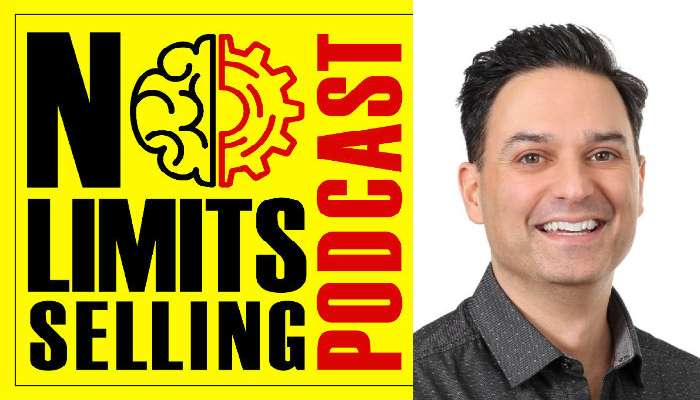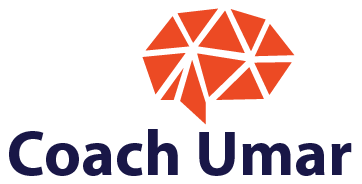How to Practice Effective Leadership by Brian Wolfs
On Episode 220 of The No Limits Selling Podcast, we have Brian Wolfs, an experienced organic B2B marketing and lead generation expert. He takes pride in providing the best LinkedIn outreach strategies possible. In this episode, Brian shares with us tips on how to practice effective leadership.
Brian has worked in the digital marketing industry for over 5 years, gaining experience in B2B client acquisition utilizing LinkedIn as a primary tool. Through pinpoint targeting accuracy and compelling messaging, Brian’s unique system has generated success across several niches and industries.
His passion for helping others grow their businesses effortlessly has been the foundation of his marketing career. With his unique Done For You / Done With You, Money Back Guarantee system, his clients tend to recoup their investment back within 30 days.
Brian is sharing his system with other like-minded business owners and entrepreneurs so they too can acquire their ideal clients without cold calling, running ads, or relying on referrals.

Contact Brian:
[EDITOR’S NOTE: This podcast is sponsored by No Limits Selling. It is a fun, fast-paced podcast that delivers hard-fought business advice that you can implement today to improve your sales and performance]
Interested In Our Real Estate Coaching Services? Explore Our Website: Link
Feeling Not Well Today? You Can Use Our Mindset Boosters App To amp Up Your Mood: Link
Find us on Social Media:
LinkedIn | Facebook community | Instagram
Like what do you listen to? Subscribe to our podcast!
Ready to become fearless? We can help you become fearless in 60 days so you accomplish more in your career Schedule A 15 min Call with Umar
Summary
Introduction
The podcast begins with an introduction of Brian Wolf, who is a business coach with a focus on sales and leadership. He has a background in psychology and has been working with businesses for over 20 years.
Brian's Approach to Coaching
Brian's approach to coaching is based on the belief that everyone has unlimited potential. He uses a combination of psychology and business strategies to help his clients achieve their goals. He believes that business success is about more than just making money, it's about making a difference.
The Importance of Mindset
Brian talks about the importance of mindset in achieving success. He believes that our thoughts and beliefs have a big impact on our actions and results. He shares some strategies for developing a positive and success-oriented mindset.
The Role of Leadership
Brian discusses the role of leadership in business success. He believes that effective leadership is about inspiring and empowering others to achieve their best. He shares some tips for developing effective leadership skills.
Conclusion
In this engaging podcast, business coach and author Brian Wolf share his unique approach to coaching, which combines psychology and business strategies to unlock the unlimited potential of his clients. He underscores the importance of mindset in achieving success, emphasizing that our thoughts and beliefs significantly influence our actions and results. Brian also discusses the crucial role of leadership in business success, advocating for leaders who inspire and empower others to reach their best.
The podcast concludes with Brian encouraging listeners to believe in their potential and take decisive action toward their goals, reinforcing his commitment to fostering growth and success in the business realm.
Questions & Answers
Who is Brian Wolf?
What is Brian Wolf's approach to business coaching?
How does Brian Wolf view the role of mindset in success?
What does Brian Wolf say about leadership in business success?
What kind of businesses can benefit from Brian Wolf's coaching?
Don’t miss this opportunity to transform your real estate career with one-on-one coaching. As an experienced real estate coach, I, Umar Hameed, am dedicated to helping you unlock your full potential and achieve your real estate goals. To learn more about who am I and my clients ↓
If you’re ready to take the next step, book an appointment with me today and begin your journey toward success in the real estate industry.

